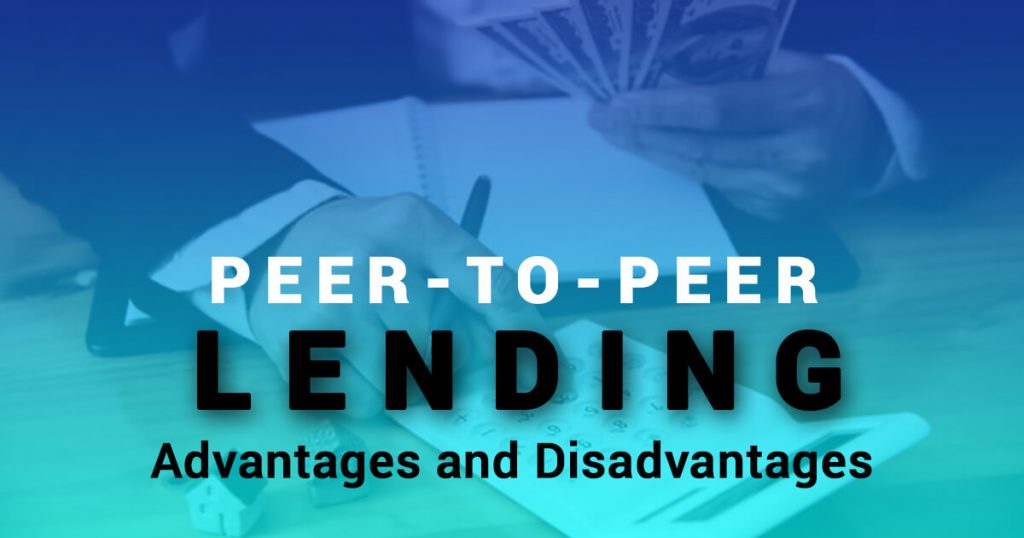Don't have an account?
Login to EaseMyDeal

2023-12-14
289
Peer-to-peer lending has emerged as a disruptive force in the financial landscape, providing an alternative to traditional banking systems. While P2P lending offers a range of advantages that appeal to borrowers and investors alike, it is not without its challenges. In this exploration, we delve into the advantages and disadvantages of peer-to-peer lending.
Advantages of Peer-to-Peer Lending:
1. Access to Funding:
P2P lending provides a more accessible source of funding for individuals and businesses, especially those with limited access to traditional financing options.
2. Competitive Interest Rates:
Borrowers often benefit from competitive interest rates as P2P platforms eliminate the overhead costs associated with traditional banks.
3. Diverse Borrowing Options:
P2P lending platforms offer a diverse range of borrowing options, from personal loans to business financing, catering to various financial needs.
4. Quick Approval and Disbursement:
The streamlined nature of P2P lending processes enables quick approval and disbursement of funds, providing borrowers with rapid access to financial support.
5. Community Connection:
P2P lending fosters a sense of community, connecting borrowers directly with individual lenders and creating a collaborative financial environment.
6. Investment Diversification:
Investors can diversify their portfolios by spreading funds across multiple loans, reducing the impact of defaults on individual investments.
7. Transparent and Flexible Terms:
P2P lending platforms typically offer transparent terms, and borrowers can negotiate directly with lenders for flexible loan terms.
Disadvantages of Peer-to-Peer Lending:
1. Risk of Default:
There is an inherent risk of borrower default, and investors may face financial losses if borrowers fail to repay their loans.
2. Limited Regulation:
P2P lending is often subject to less regulatory oversight compared to traditional banks, potentially exposing participants to higher risks.
3. Credit Risk and Scoring Challenges:
Assessing the creditworthiness of borrowers can be challenging, leading to potential inconsistencies in loan approvals and interest rates.
4. Lack of Government Insurance:
Unlike traditional banks that may offer government-backed insurance on deposits, P2P lending platforms do not typically provide such assurances to lenders.
5. Platform Vulnerability:
P2P lending platforms can be susceptible to cyber threats and platform failures, posing risks to both borrowers and lenders.
6. Limited Regulation:
The lack of a centralized regulatory framework may lead to issues related to fraud, unethical practices, or insufficient borrower protection.
7. Market Volatility:
P2P lending returns can be influenced by market conditions and economic factors, potentially impacting the returns for investors.
Conclusion:
Peer-to-peer lending has reshaped the financial landscape, offering both opportunities and challenges. While the advantages of accessibility, competitive rates, and community connection are compelling, borrowers and investors must navigate potential risks such as default, limited regulation, and platform vulnerabilities. As the P2P lending industry evolves, participants must carefully weigh these advantages and disadvantages to make informed decisions aligned with their financial goals and risk tolerance.

Write A Comment